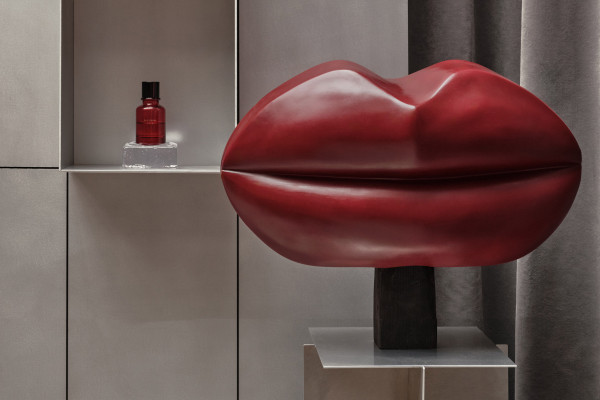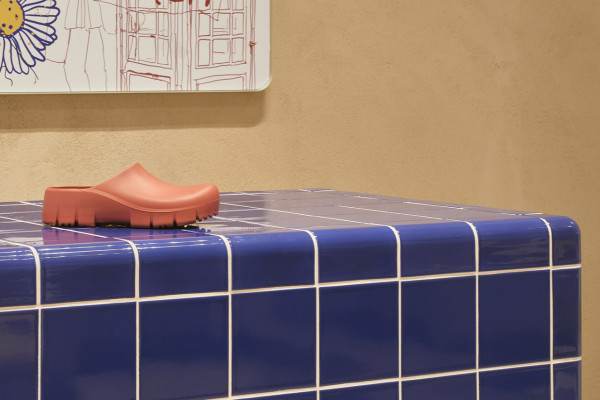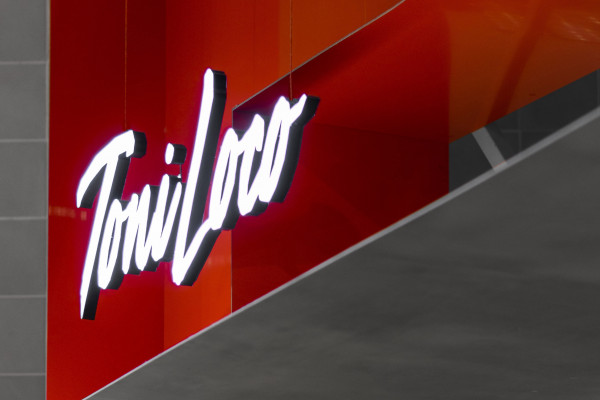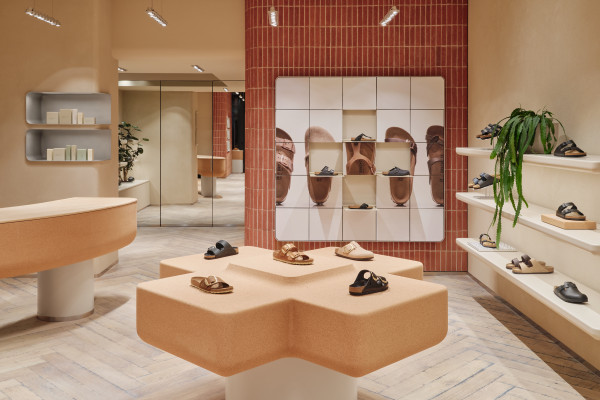Carbon Studio
Johan van Hasseltkade 205B
1031LP Amsterdam
https://www.instagram.com/carbonstudio.eu/
mail@carbon-studio.eu +31 6 22692976 ImprintCarbon Studio
Johan van Hasseltkade 205B
1031LP Amsterdam
https://www.instagram.com/carbonstudio.eu/
mail@carbon-studio.eu +31 6 22692976 ImprintWe first find out who you are, and then translate this into a spatial experience that offers freedom of use.
We seek and are sought by those with guts, willing to explore their potential and take an authentic stand. The scale is irrelevant; we are triggered by content, not by size.
Studio Carbon is an Amsterdam-based strategic spatial design agency. From strategy to rollout and execution, we trigger your autonomy by uncovering your authenticity and potential. The project dictates the team; we collaborate with specialized designers and researchers, carefully selected according to the projects’ requirements.
Founded in 2017, Studio Carbon is owned and run by Pieter Kool, graduated Industrial Design Engineering from the TU Delft, the Netherlands. From 2004 to 2017 he worked for G-Star RAW as Global Creative Director 3D Design & Development, designing +1000 stores and Shop-in-Shops, +40.000m2 office space and trade fair pavilions - which resulted in the title ‘Engineer of the year 2013’ awarded by The Royal Dutch Association for Engineers.
Pieter is an energetic speaker and motivator. He frequently delivers keynotes on topics including brand development, retail trends and design strategy
Clients
Ace&Tate
Ace Agency
Bugaboo
Barts
Birkenstock
BMW
Bugaboo
Coef Men
Columbia
G-Star RAW
Le Smash Burgers
Nike
OMA - Office for Metropolitan Architecture
Secrid
Scotch & Soda
The Butcher
The Entourage Group
Timboektoe
Toni Loco Pizza
Van Moof
Vitra
With the first multibrand concept store for Confetti, Carbon Studio created a premium, but personal shopping experience. The store is a hub for the local community and offers an inspirational, rich sensory environment – the essentials for contemporary brick-and-mortar retail. The highly textured space has a modular design, made of a sustainable mix of re-used and easy-to-recycle materials.
Confetti is an upper-mid to premium mens’ multibrand store, a small, 250m2 department store frequented by the local fashionista scene. Because of its’ role in the local scene, hospitality is one of the main drivers for the design of the store. The owners run the store themselves, curate the collection and host on-site events. Hence, a well-equipped bar is positioned centrally in the space and serves as a hub for social encounters and personal service.
The spatial setup is a sequence of neutrally toned gallery areas and two large interventions - the curved terracotta wall and the blue zone – both with an amplified materiality and use of colour. The gallery areas are a toolbox of modular aluminium profiles and perforated sheets – easy to reconfigure. Additionally two high modular shelving units with vertical lighting are added to the gallery set
Over the years, the building had become a patchwork of several extensions and restorations. Especially the right side of the space is a clutter of walls, columns, staircases, etc. Now, a terracotta wall smoothly winds itself around the chaos and organizes the flow into the store.
Round shapes, ranging in scale from architecture to furniture details, create a soft flow through the store and balance the bare, highly textured materiality of the space.
Recycled and locally sourced materials are dominant in the design. For example, the wall-facing luminaires are recycled from suspended office ceilings and locally recycled, low-grade aluminium is used for the shelving. The curved wall is cladded with leftover lots of terracotta floor tiles - with the back side facing forward to hide mismatches, but also to amplify the textural qualities of the material. When new materials are used, they’re designed for reconfiguration to extend their life-cycle, and for easy separation to ensure after-life recycling.
photography: Maarten Willemstein
















